
The Lecture
Hazards and Highways: Troubles for the NW Olympic Peninsula

State Route 112 is the sole access road for the northwestern Olympic Peninsula and the remote communities situated along the Strait of Juan de Fuca, west of Port Angeles. Particularly unfavorable geology underlies the western half of this road and this, combined with steep topography and an exceptionally wet winter climate, make it one of the most landslide-afflicted highway corridors in the state. Landslides and lowland flooding impact travel most winters, causing short duration closures of one or both lanes and necessitating persistent maintenance efforts. On a longer cycle of years to decades, major landslide events severely damage or destroy the highway at one or more locations, resulting in closures lasting three to six months or longer. Detour options are limited to nonexistent, so communities and local businesses suffer from these closures until highway repairs can be made or floodwaters recede. Low frequency-high consequence hazards such as earthquakes and tsunamis add to the risk profile and further complicate mitigation strategies.
This presentation summarizes the results of a planning-level study commissioned by the Washington State Department of Transportation (WSDOT) that examined the geologic and hydrologic hazards that threaten this highway, conducted a comprehensive risk analysis, and provided recommendations to improve its resiliency and reduce community impacts. The study, completed in 2023, enabled WSDOT to secure a 5-yr $30 million allocation from a NOAA Climate Resiliency grant in late 2024 to proceed with initial recommendations, which are expected to begin Spring 2025.
About the Speaker
 Tom Badger
Tom Badger
Happy to leave the Midwest flatlands behind in 1981, Tom completed his BS in geology in 1983 at WWU and his MS in geological engineering at the University of Nevada Reno in 2002. He is licensed in Washington as an engineering geologist, hydrogeologist, and civil engineer. Tom worked for WSDOT for 32 years, the last five serving as chief engineering geologist, before retiring in 2016. Tom specializes in the assessment and mitigation of slope hazards, soil and rock slope engineering, and risk management for transportation infrastructure. He has published and lectured extensively on these topics, and consults part-time for the Portland-based firm, Landslide Technology.

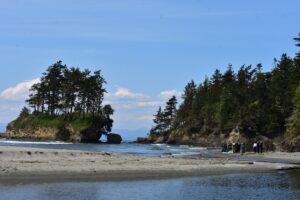
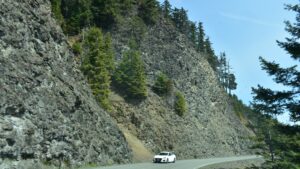 Eocene Bedrock Geology of the Northern Olympic Peninsula: Arrival of the Siletzia Oceanic Terrane, Washington
Eocene Bedrock Geology of the Northern Olympic Peninsula: Arrival of the Siletzia Oceanic Terrane, Washington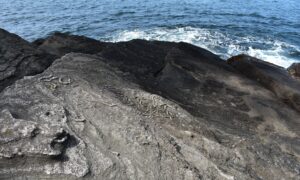
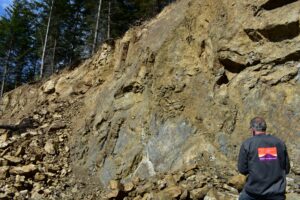
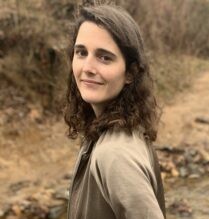 Erin Donaghy, geology professor at the University of Nevada, Las Vegas is a sedimentologist who studies the evolution of sedimentary basins that form along active convergent margins. Her field work focuses on the west coast of North America, in particular the exotic terranes in western Alaska and the north Olympic Peninsula, Washington.
Erin Donaghy, geology professor at the University of Nevada, Las Vegas is a sedimentologist who studies the evolution of sedimentary basins that form along active convergent margins. Her field work focuses on the west coast of North America, in particular the exotic terranes in western Alaska and the north Olympic Peninsula, Washington.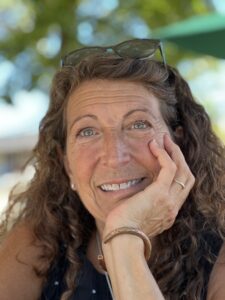
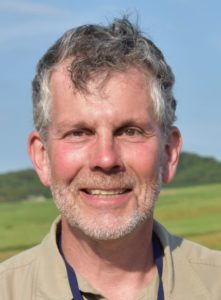 Jeff Tepper, Professor emeritus at the University of Puget Sound, taught courses in mineralogy, petrology, and geochemistry before retiring in 2021. His research focuses on the magmatic and tectonic history of the Pacific Northwest and on environmental chemistry of water and sediment of local lakes.
Jeff Tepper, Professor emeritus at the University of Puget Sound, taught courses in mineralogy, petrology, and geochemistry before retiring in 2021. His research focuses on the magmatic and tectonic history of the Pacific Northwest and on environmental chemistry of water and sediment of local lakes.

